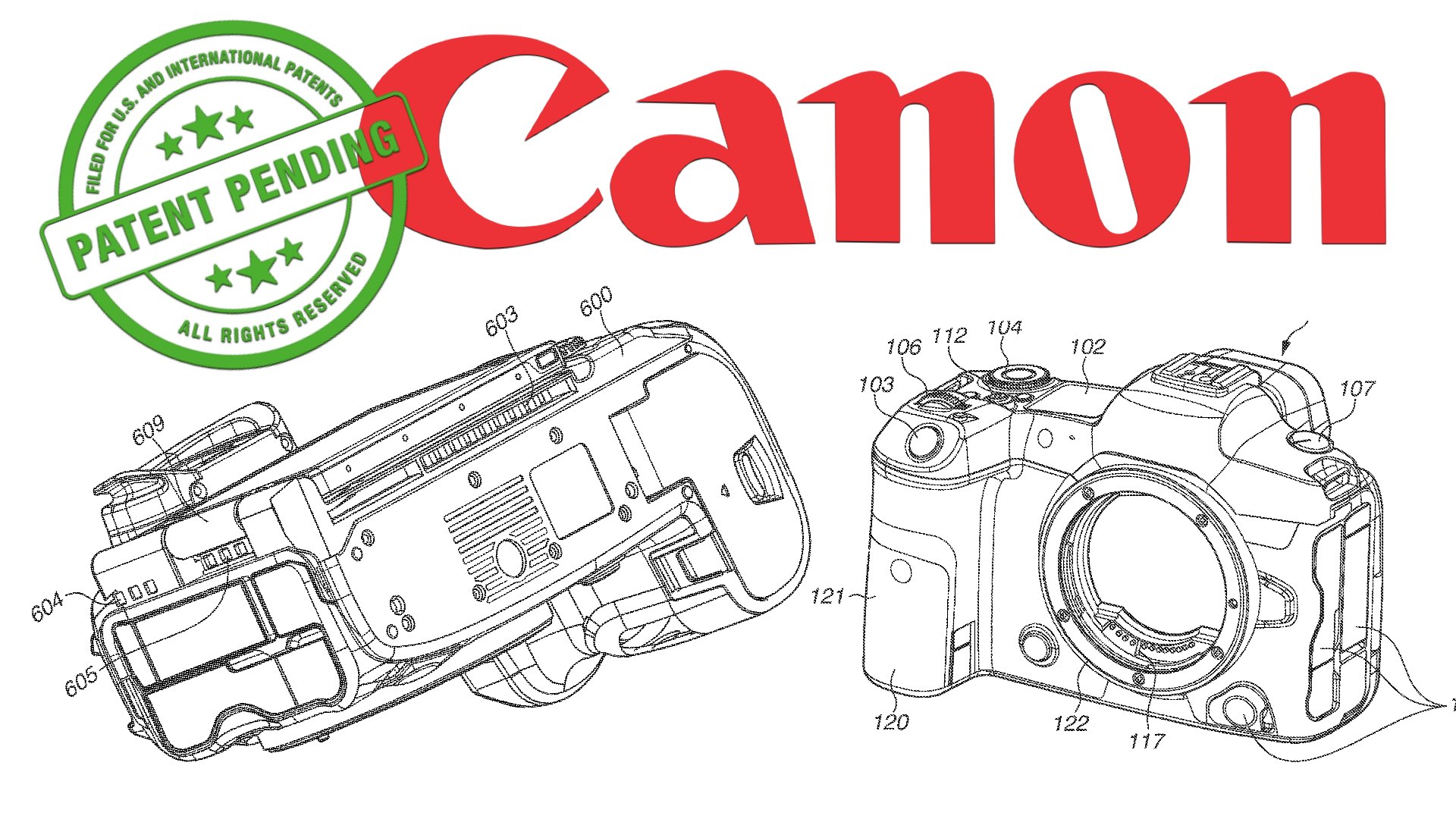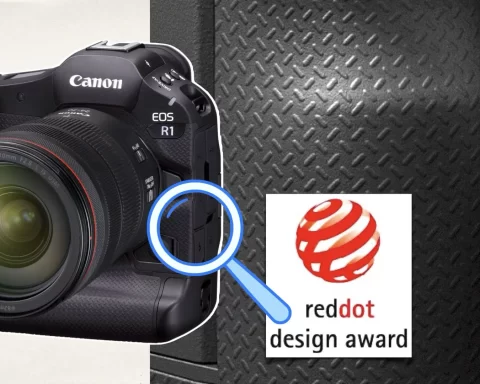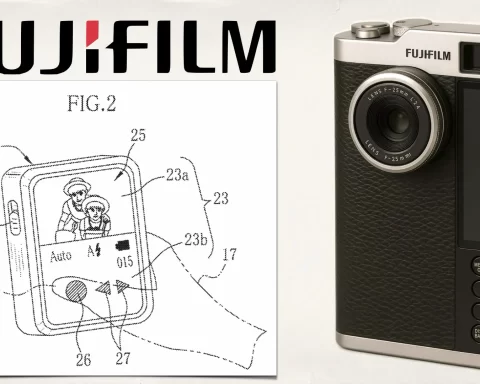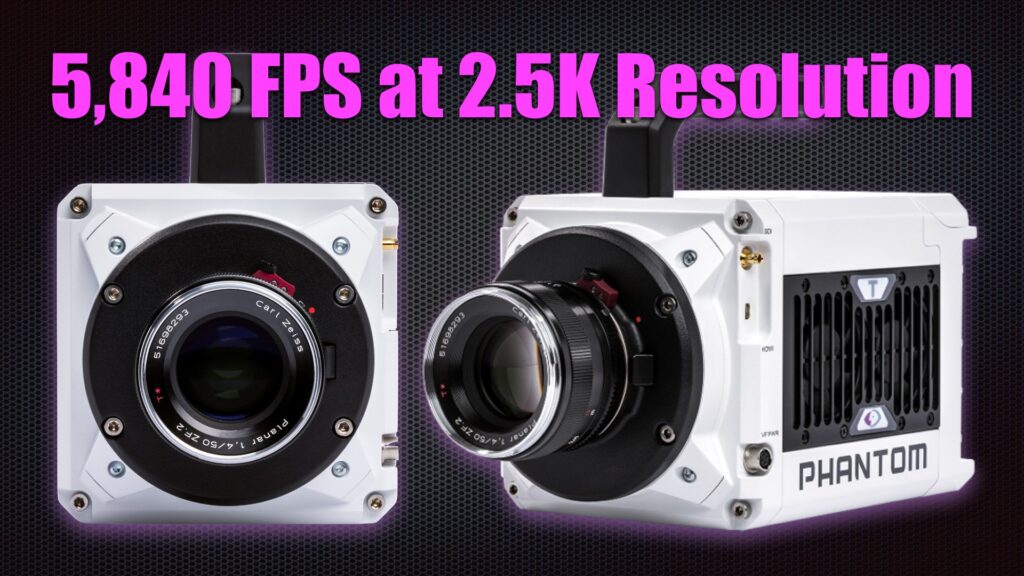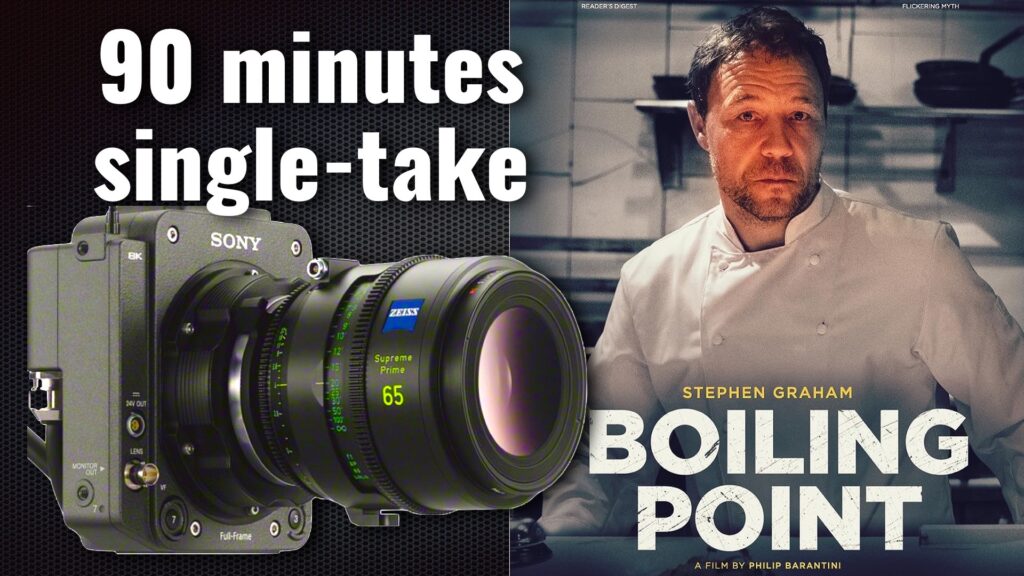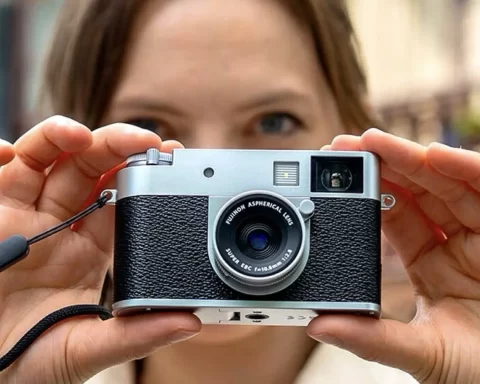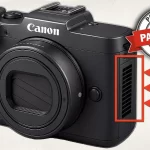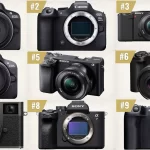A brand new patent by Canon demonstrates a heat dissipation solution that is aimed at compact cinema cameras. The patent titled “Electronic Apparatus” seems like a combination of the cooling system installed in the Canon EOS R5 C and C70 with a goal to enhance the ability to cool the sensor and processor units of the camera.
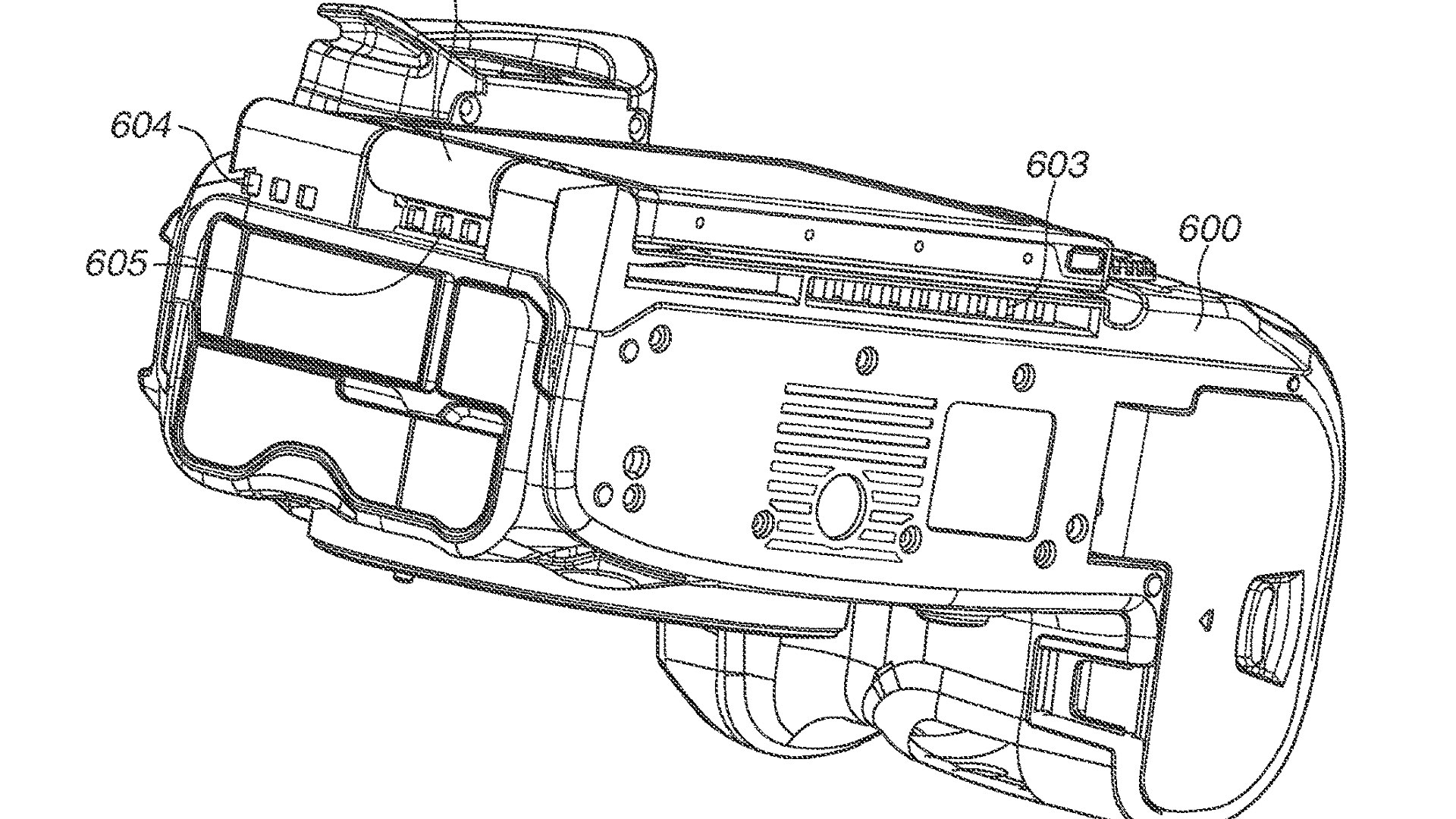
Heat dissipation solutions for cinema cameras
It’s well known that one of the biggest challenges to cinema camera manufacturers is to design an effective in-camera heat dissipation solution, in order to allow continuous video recording, especially in compact cinema cameras that own large sensors and are capable of shooting ultra-high-resolution imagery. Panasonic has been addressing this obstacle very well with its LUMIX series. For instance, check Panasonic’s brand new patent that demonstrates a creative heat dissipation solution for this kind of camera. Even Nikon allows almost unlimited video recording when shooting at 8K compressed raw. However, Canon had a hard time facing this issue. We wrote about it in a couple of articles in case you’d like to dive in a bit: (Canon EOS R5’s Overheating Issues Solved by Installing Copper Plate, Canon EOS R5 Overheating Test: Passed! (More Than 1.5 Hours of 8K RAW Recording Time), Canon EOS R5 8K RAW Shooting: Overheating Issue Solved). Recently, Canon has been sharpening its heat dissipation ability by implementing solid solutions on the Cinema EOS R5 C, and C70. Additionally, Canon’s new patent (from a few days ago) demonstrates a compact, apparatus of heat dissipation mechanism that combines internal and external cooling solutions, titled “Electronic Apparatus”.
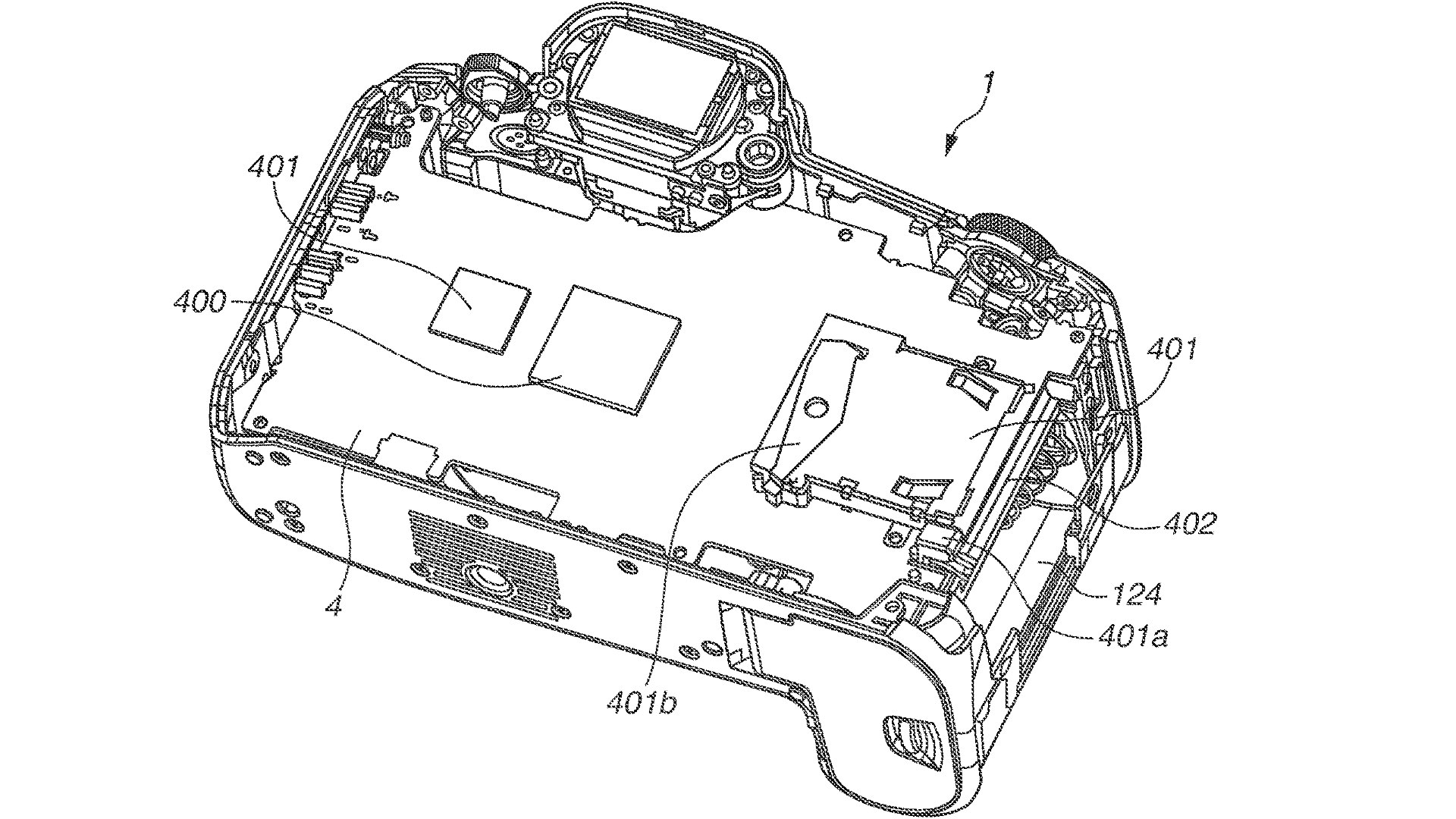
Canon’s “Electronic Apparatus” patent
As stated in the Abstract: “The present disclosure is directed to providing a heat dissipation structure that can release heat to an appropriate place by controlling an air flow passage for forcible air cooling using an accessory such as a fan, and can actively dissipate heat from an exterior cover by both of natural convection and forced convection”. The patent shows 3 main air entrances, one for the incoming air (from below), and two others get the air out of the camera (from aside). Hence, an air circulation apparatus, combined with a duct flows the hot air into a heat dissipation plate. However, the patent states that this “Electronic Apparatus” needs to be working with an external fan (which is not demonstrated in the application). The fan is defined as an “External accessory” which is strange. Read the description below:
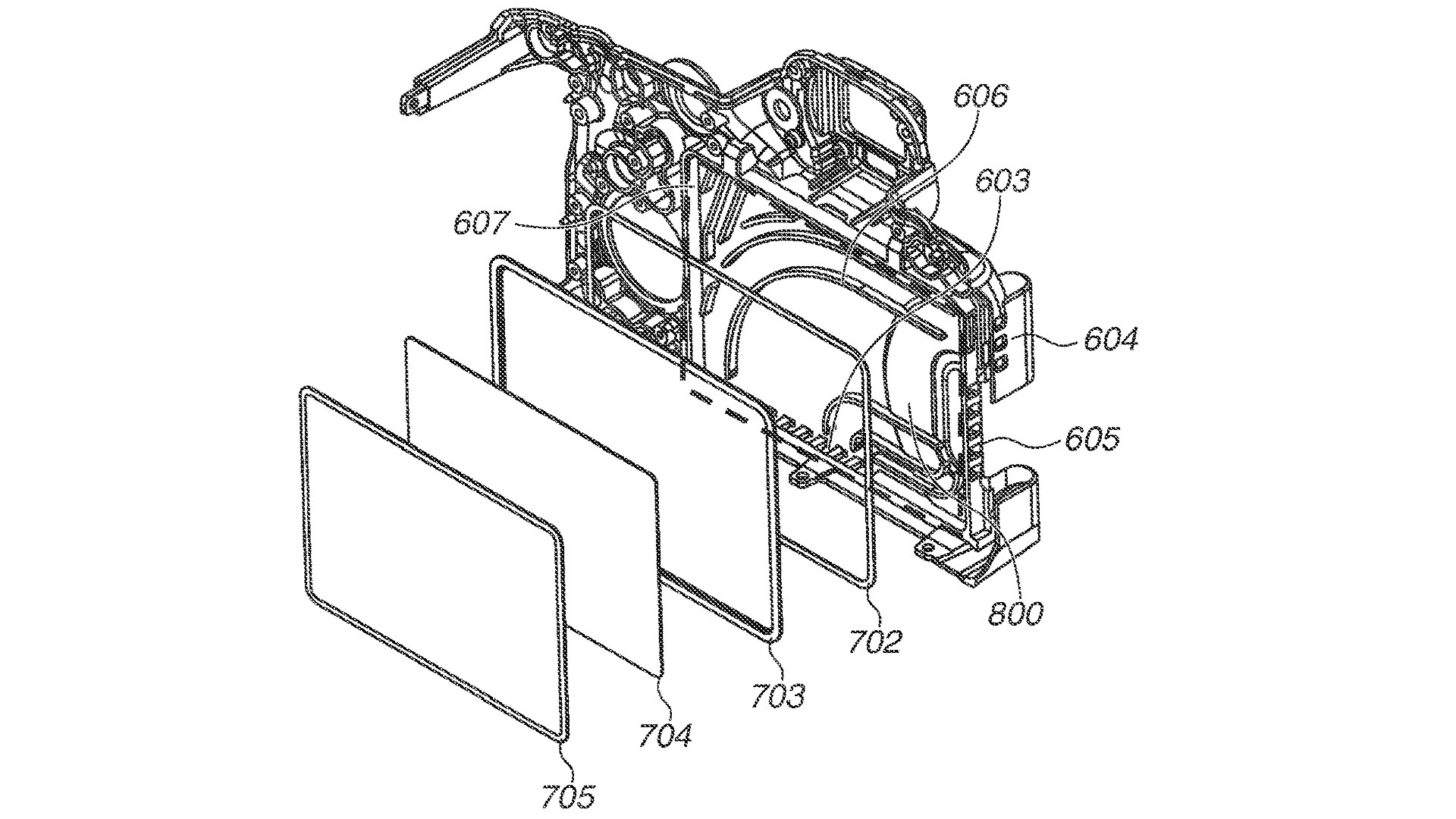
According to an aspect of the present disclosure, an electronic apparatus includes an exterior cover, a circuit board disposed inside the exterior cover, a first heat generating element disposed on the circuit board, a metal plate thermally connected to the first heat generating element, a duct formed in a region between the exterior cover and the metal plate, an air inlet formed in the exterior cover and configured to take air into the duct, and an air outlet configured to release air from the duct, wherein a fin formed on the exterior cover and a fin formed on the metal plate are disposed inside the duct to face each other in a direction orthogonal to the circuit board, wherein a tip of the fin of the exterior cover and a tip of the fin of the metal plate overlap each other in the direction orthogonal to the circuit board, as viewed from a direction parallel to a direction in which the circuit board extends, wherein a distance between the tip of the fin of the exterior cover and the metal plate in the direction orthogonal to the circuit board is greater than an amount of the overlap between the tip of the fin of the exterior cover and the tip of the fin of the metal plate, and wherein a distance between the tip of the fin of the metal plate and the exterior cover in the direction orthogonal to the circuit board is greater than the amount of the overlap between the tip of the fin of the exterior cover and the tip of the fin of the metal plate.
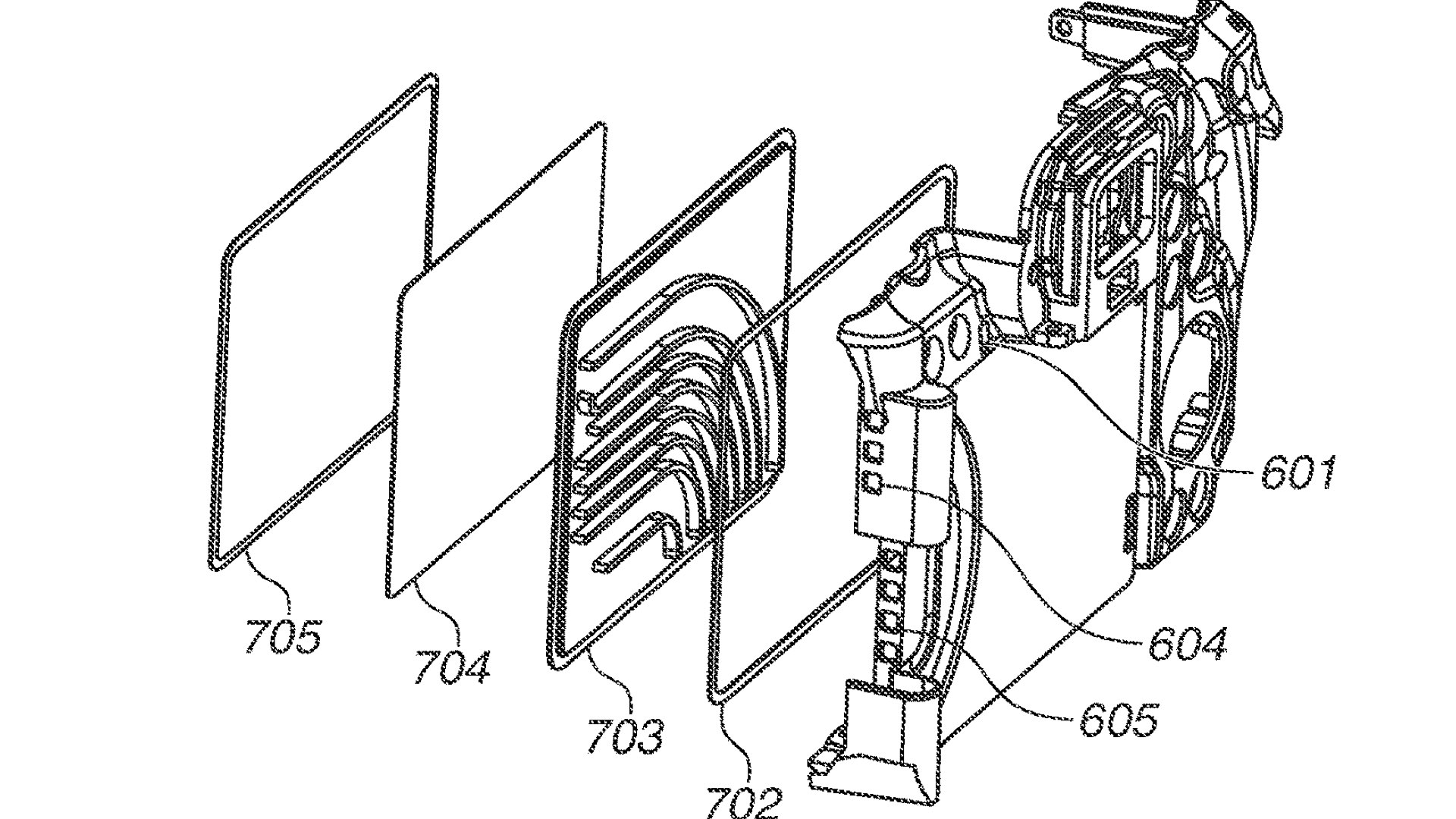
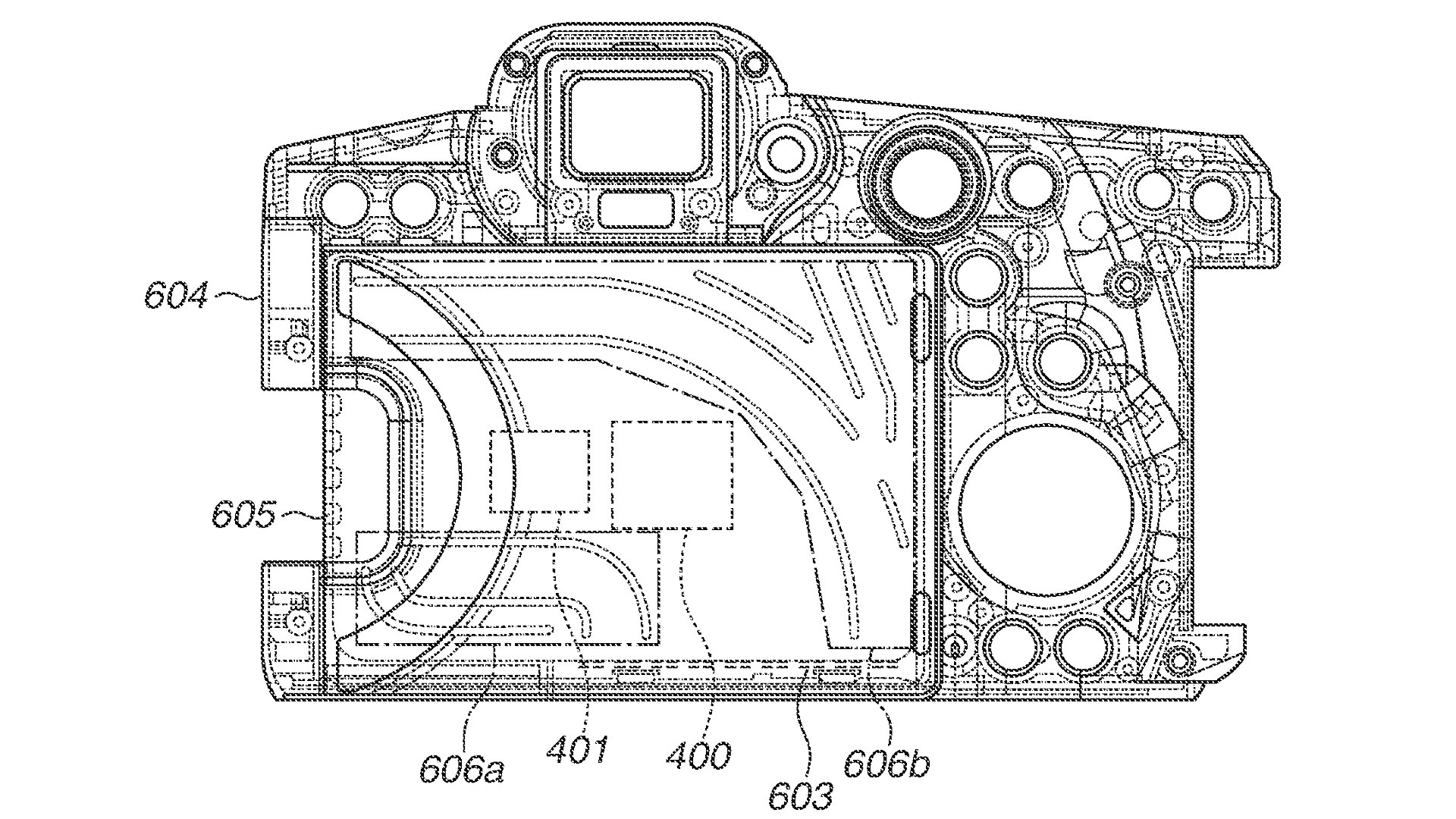
Between R5 C to C70
As explained, this patent reminds us of the cooling solution implemented in the Canon EOS Cinema R5 C, combined with the C70. The description is more similar to the heat dissipation mechanism of the Cinema EOS C70, however, the patent clearly shows a camera that is more compact than the C70. Hence, the solution is aimed at small cameras (maybe smaller than the R5 C as well). Thus, we don’t think that this solution will be installed in the upcoming R5 C Mark II. But who knows? As described, there’s an external fan which is not shown in the patent application. If so, this application can be aimed at even more high-end Cinema EOS models.

